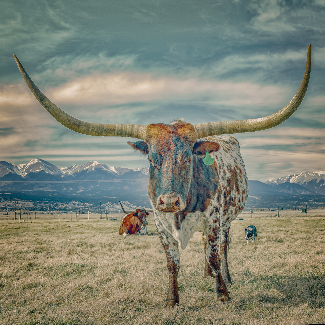Bailey County is one of the most populated counties in Texas. The county is located on the New Mexico state line, east of the state of New Mexico. There are two universities in the county. Most of the residents are farmers and ranchers. However, there are also many families who live in town, which has a significant population density. This area is perfect for farming. If you’re looking for a small town with a rural atmosphere, consider Bailey County.
Local histories are also a great resource for tracing your ancestry in Bailey County. These records may contain information about the schools and churches of a particular town or area. The county clerk can provide copies of land records, which are also a valuable resource for your Bailey County genealogy research. In addition to these records, you can find biographies and government records. The census will show how  many people lived in the county in 1910.
many people lived in the county in 1910.
In 2002 the population of the county remained relatively stable, but the population declined slightly from the previous year. In the same year, the county was transferred to Castro and Baylor counties. In the early 1900s, Bailey County was attached to Jack County for judicial purposes. In addition, it was the only Texas county to have a black mayor. If you’re interested in knowing more about the history of Bailey County, read on.
![]()
Stand With The Natives – Share Our Millions
Click Here
![]()
The first cattle drive took place in the county in 1882. By the early twentieth century, farmers were settling in the area. The county’s population increased from three to seventy to a thousand. Its natural beauty has prompted many to consider it a good place for families to settle. During the early part of the 20th century, the town’s population rose to about three hundred. As of 1910, the population of the county increased to 312 people.
In the early 1900s, the population of Bailey County was just four. This is because the county was formed out of the Bexar Land District. By 1940, it was one of the most populous counties in the state. It was also the most prosperous county in terms of agriculture. In the 1920s, the county had almost forty-thousand acres of land for cotton. This increased population was due to the fact that farmers could grow crops in such  a large area.
a large area.
In the 1930s, Bailey County was one of the 30 prohibition counties in Texas. Today, it is a wet area. In the past, the county was completely dry. During this time, the county was mostly dry. It is home to Muleshoe National Wildlife Refuge, which was the oldest wildlife refuge in Texas. Its name comes from the first president of the nation. There, the people were enslaved by the British, but they are free to live.
Aside from marriage and divorce documents, vital files also include death certificates, birth certificates, and divorce records. If you’re considering filing for a marriage license, the county clerk in Bailey County is the office to visit. They’re open daily from 8:00 am to 5 pm CST, and a photo ID is required to obtain the information you need. If you’re interested in the process of preserving the records of your family, this office can be helpful.
The state police is required to maintain a sex offender registry. This list includes the names of people who were arrested and convicted, and where they live. At the 2010 census, 61.4% of households were married, while a further 13.7% were single or divorced. In addition to marriage records, the county clerks office can provide certified birth certificates and death certificates. These documents can also be obtained through the mail.
As a result of these new conditions, the county’s economy began to shift from ranching to farming. The county’s chief agricultural products were dairy cattle, cotton, corn, and wheat. By 1929, over 24,000 acres were planted. During these years, the population increased from a mere few hundred to ten thousand. The city of Bailey served as the county seat. It is a county with a history of over 100 years.
![]()


